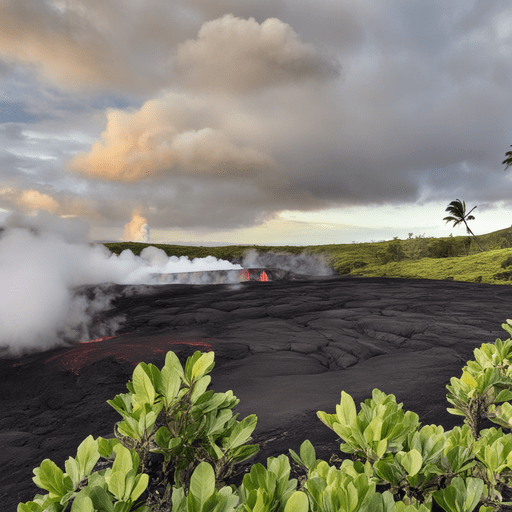
Nestled on the Big Island of Hawaii, the Hawaii Volcanoes National Park is a geological wonderland that showcases the raw power of nature. Fun Facts About Hawaii Volcanoes National Park: From active volcanoes like Kilauea and Mauna Loa to unique lava formations, this park is a hotbed of natural beauty and scientific intrigue.
Imagine standing at the edge of a smoldering crater, feeling the heat of molten lava beneath your feet. That’s just one of the awe-inspiring experiences awaiting visitors at Hawaii Volcanoes National Park. With its ever-changing landscapes and fascinating volcanic activity, it’s a place where science meets adventure.
Beyond its fiery reputation, this national park is a sanctuary for rare flora and fauna. Amidst the volcanic rock, you’ll find hidden treasures like petroglyphs, lush rainforests, and native Hawaiian culture. Hawaii Volcanoes National Park is not just a destination; it’s an immersive journey through Earth’s geological history and the heart of the Pacific islands.
Quick Fun Facts About Hawaii Volcanoes National Park
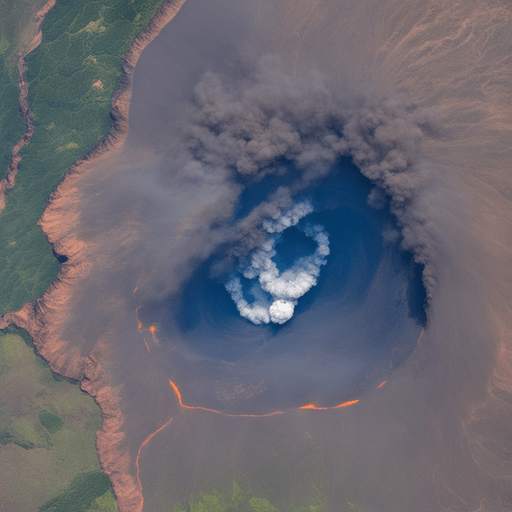
- Home to two of the world’s most active volcanoes: Kīlauea and Mauna Loa.
- It was established as a national park in 1916.
- Covers an area of over 500 square miles on the Big Island of Hawaii.
- The park’s name is in honor of the Hawaiian goddess Pele.
- Offers a unique glimpse into ongoing volcanic activity.
- Has more than 150 miles of hiking trails.
- Features the Thurston Lava Tube, a natural underground tunnel.
- Home to the endangered Hawaiian nēnē (goose).
- The Chain of Craters Road showcases stunning lava landscapes.
- You can witness the mesmerizing glow of lava at night.
- Offers diverse climate zones, from rainforests to deserts.
- Jaggar Museum provides educational exhibits on volcanoes.
- Steam vents and sulfur banks emit volcanic gases.
- A UNESCO World Heritage Site since 1987.
- The park has an extensive network of lava tubes.
- Once had a hotel inside the park known as the Volcano House.
- The Kīlauea Iki Trail crosses a crater floor.
- Lava flows have added landmass to the Big Island.
- Offers stunning views from the summit of Mauna Loa.
- Hosts the annual Volcano Art Center’s cultural festival.
Also Read this: 50 Unbelievable Fun Facts About Hawaii
Location
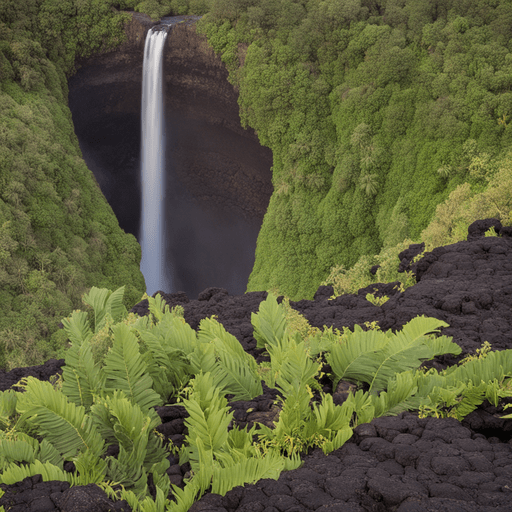
Nestled on the southeastern side of the Big Island, Hawaii Volcanoes National Park sprawls over 333,000 acres, offering an expansive canvas for nature’s marvels.
Acreage
Spanning from the summit of Mauna Loa, which stands tall at 13,677 feet, to its breathtaking coastline. The park showcases the full spectrum of volcanic landscapes.
Visitation
Boasting an impressive annual visitation of over 2 million people. The park is a magnet for those seeking adventure and geological wonders.
When Did It Become A National Park?
Officially designated as a national park on August 1, 1916, Hawaii Volcanoes National Park has a rich history of volcanic exploration.
Hawai’i Volcanoes National Park Plants
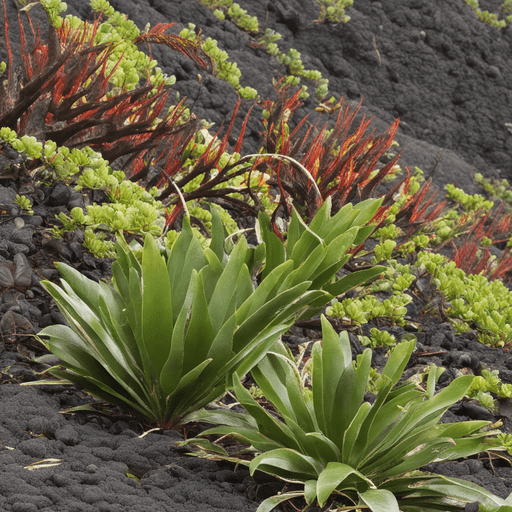
Hawai’i Volcanoes National Park is a botanical wonderland, boasting an incredibly diverse range of plant species that have adapted to the challenging volcanic environment. From the iconic ‘ōhi’a lehua trees with their vibrant red blossoms to the hardy ferns that thrive in the park’s lush rainforests. This natural haven is a paradise for botany enthusiasts.
The park’s unique geology, characterized by active volcanoes, has given rise to specialized plant communities. For instance, the sulfur-loving sulfur banks stand out. Furthermore, the park’s flora includes rare and endangered species, making it not only a hotspot for volcanic activity. But also a vital sanctuary for preserving Hawaii’s rich botanical heritage. Whether you’re an avid botanist or just a nature lover, Hawai’i Volcanoes National Park offers a captivating glimpse into the fascinating world of volcanic plant life.
Volcanoes in Hawaii
Hawai’i Volcanoes National Park is home to two of the world’s most active volcanoes, Mauna Loa and Kīlauea. Furthermore, the park primarily showcases these two prominent volcanoes. In addition, it also encompasses a number of smaller volcanic features, such as cinder cones and craters. These features add to the park’s geological diversity and allure, making it a fascinating destination for both scientists and visitors alike.
Crater Rim Drive
Begin your adventure by embarking on the Crater Rim Drive. A 10.6-mile journey that meanders gracefully along the rim of Kilauea’s caldera, providing breathtaking vistas at every turn. Moreover, this scenic drive is easily accessible, making it perfect for visitors of all ages.
Thurston Lava Tube

Step into the enchanting Thurston Lava Tube, an otherworldly experience where lava once flowed, leaving behind remarkable formations. Additionally, these mesmerizing stalactites, resembling ancient chandeliers, create a captivating underground landscape. This landscape transports you to a time when volcanoes roared with fury, immersing you in the intriguing history of this natural wonder.
Chain of Craters Road
For a truly immersive encounter with nature’s fury, embark on the 19-mile Chain of Craters Road. This winding route serves as a vivid testament to the ever-changing volcanic landscape. Offering an unparalleled opportunity to witness the dramatic transformations caused by volcanic activity up close.
Volcanic Eruptions
Immerse yourself fully in the captivating science and awe-inspiring spectacle of volcanic eruptions. Through this, you can gain valuable insights into the tremendously powerful forces that have relentlessly shaped our planet over millennia, transforming it into a unique and enlightening educational experience.
Lava Flows
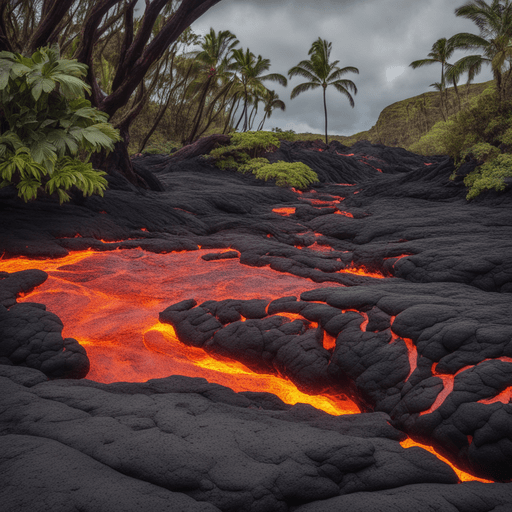
Be prepared to witness an absolutely mesmerizing spectacle as the sight of molten lava gracefully cascades into the vast expanse of the Pacific Ocean. Moreover, this remarkable phenomenon is an ever-evolving masterpiece. It forges brand-new landforms right before your eyes in real-time, offering a unique opportunity to witness the dynamic forces of nature at work.
Hawaiian Geology
Delve deeper into the intriguing geological history of the Hawaiian Islands, where you can peel back the layers of time. This remarkable tapestry has been meticulously woven together over millions of years. Shaped by the relentless and dynamic forces of volcanic activity.
Petroglyphs
Embark on a fascinating journey back in time, where you’ll delve into the mysteries of ancient Hawaiian petroglyphs. Furthermore, these intricate etchings, meticulously carved on volcanic rock, serve as a profound testament to the preservation of stories, culture, and the rich heritage of the Hawaiian people. Additionally, this immersive experience allows you to connect with the past, gaining insight into the lives of those who created these enduring symbols.
Jagger Museum

When you visit the Thomas A. Jaggar Museum, you’ll have the unique opportunity to delve deeply into the world of volcanic research and monitoring. This captivating institution is dedicated to the study of these living giants, providing valuable insights into their dynamic nature.
Pele’s Hair
Marvel at the natural wonder of Pele’s Hair, as it consists of delicate strands of volcanic glass meticulously crafted during eruptions. Furthermore, these ethereal strands are not merely geological formations. But are believed by Hawaiian mythology to be a direct manifestation of the volcano goddess, Pele herself.
Active Volcanoes
In this remarkable location, you have the rare opportunity to safely witness the sheer power of active volcanoes. Here, the Earth’s inner workings are vividly on display, offering a dramatic and unforgettable showcase of the planet’s geological forces in action.
Magma Chamber
Take a captivating journey deep beneath the Earth’s surface as you descend into the subterranean realm of magma chambers and various volcanic phenomena at the Hawaii Volcano Observatory. Here, you can gain profound insights into the inner workings of these powerful geological forces.
Lava Viewing
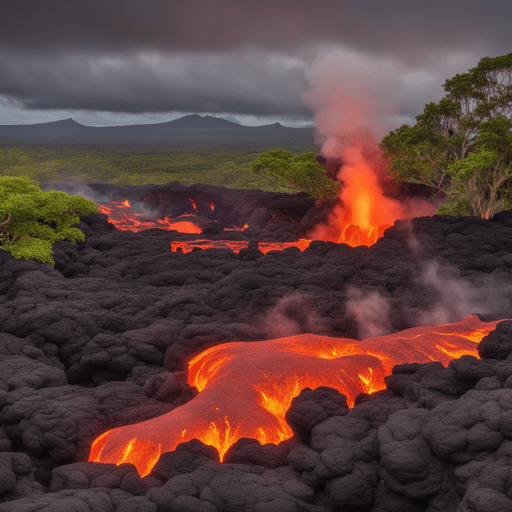
Indulge your senses and savor the truly awe-inspiring spectacle of molten lava flows gracefully converging with the boundless expanse of the ocean. This mesmerizing encounter offers a sensory feast, featuring intense heat, resounding sound, and a breathtaking display of radiant light.
Sulphur Banks
Embark on a journey of discovery to Sulphur Banks, a place where steam vents hiss with an almost otherworldly intensity. Here, the effects of volcanic gases are vividly depicted through the creation of vibrant mineral deposits, forming a striking and unique geological portrait.
Hiking Trails
Embark on an adventure as you traverse a sprawling network of hiking trails, each path unveiling a distinct and unique natural wonder. These trails offer an intimate opportunity to forge a deep connection with Hawaii’s rich tapestry of diverse landscapes and ecosystems.
Ranger-Led Programs
Elevate your experience by actively participating in engaging ranger-led programs and insightful guided hikes. These immersive experiences will guide you on a journey of discovery. Unveiling the park’s hidden geological and historical secrets, enriching your understanding of this unique natural wonder.
Endangered Nēnē
Keep your eyes peeled for the endangered Nēnē. A species of Hawaii’s iconic goose, as they gracefully navigate the park’s high-altitude regions. Their presence serves as a compelling testament to ongoing and dedicated conservation efforts within the park.
Cultural Significance
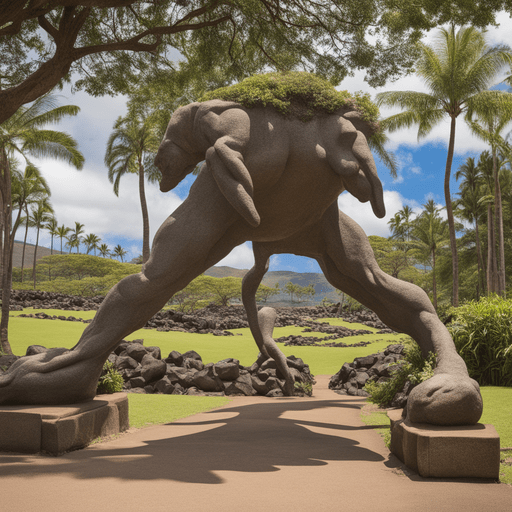
Delve deep into the rich cultural tapestry of Hawaii as you uncover the intricately woven narratives of Hawaiian myths and legends. These captivating tales take on added depth and drama against the backdrop of the park’s stunning and dynamic volcanic terrain.
Volcano Watchers
Become part of a global community of volcano enthusiasts and dedicated scientists who eagerly converge upon the park. They come from all corners of the world, drawn by the prospect of witnessing and closely studying the park’s continually evolving and dynamic volcanic activity.
Crater Overlook
Stand at the Crater Overlook and let your gaze wander across the expansive canvas of Kilauea’s caldera. This panoramic vista offers a remarkable perspective. Showcasing the caldera’s ever-evolving geological artistry that continues to be shaped by the forces of nature.
Volcanic Hazards
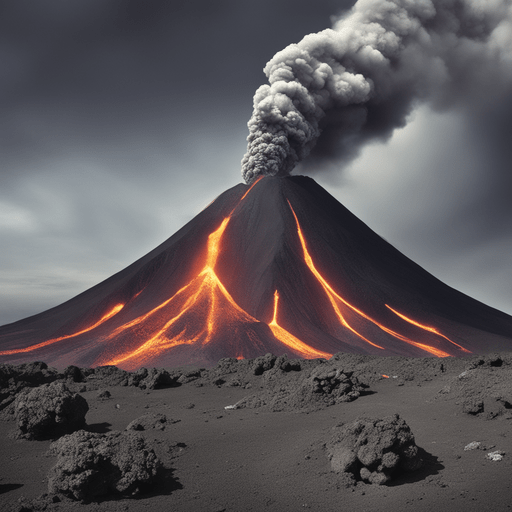
Gain valuable knowledge about the intrinsic volcanic hazards present in the park and become well-versed in essential safety measures. Armed with this information, you can embark on your visit to this dynamic natural wonder with the confidence of a secure and enriching experience.
FAQs
A: The park was established on August 1, 1916, making it over a century old.
A: The most recent significant eruption occurred in 2018 when Kīlauea erupted and reshaped the landscape.
A: Park officials closely monitor volcanic activity, and safety measures are in place to allow visitors to experience eruptions safely when possible.
A: Yes, visitors can often hike to see active lava flows, but conditions can change rapidly, so it’s essential to check with park authorities for the latest information.
A: The Jaggar Museum provides valuable insights into the park’s geology and volcanic activity, including a real-time seismograph display tracking earthquakes.